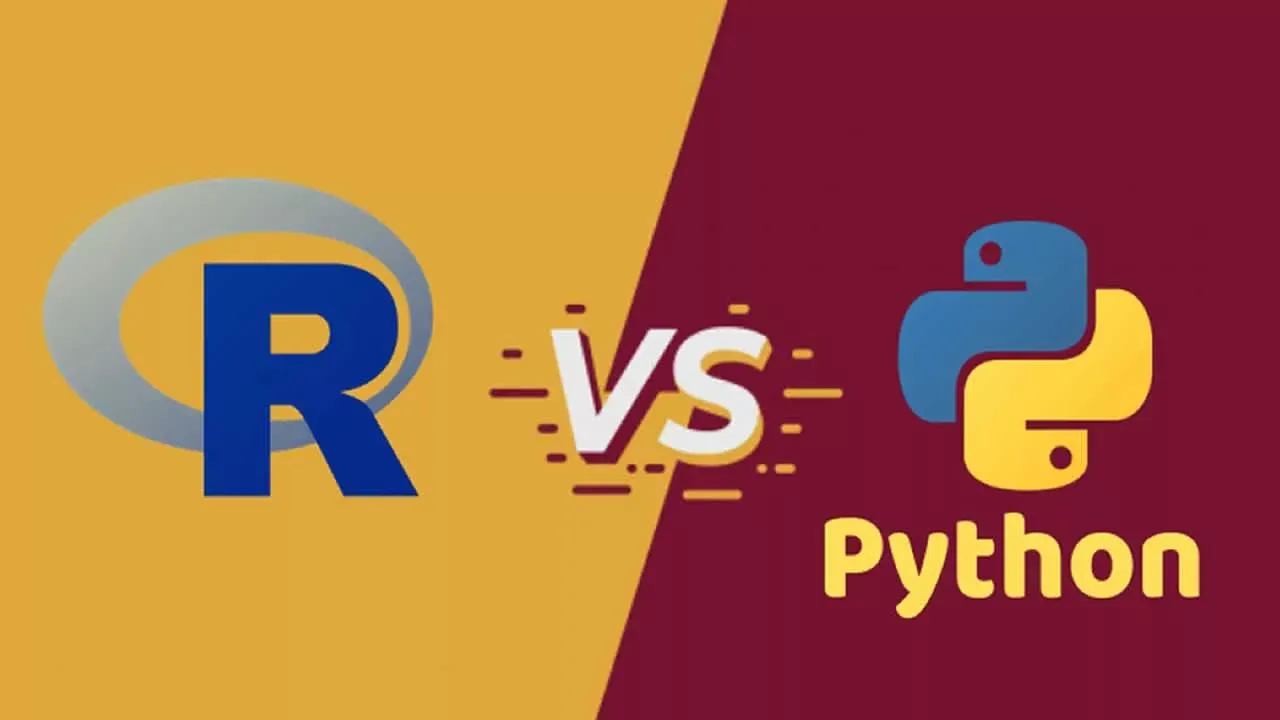Introduction
In the Czech Republic, only a fraction of psychotherapeutic care is covered by health insurance companies. So, it was a welcomed step when VZP, one of the largest such companies, offered its clients an allowance of 7 000 CZK (or circa 280 EUR) for psychotherapy.
However, the way of finding yourself a psychotherapist was not the most convenient one as you had to scroll through a .pdf file. Luckily, Dominika Čechová, a board member of the Czech Association for Psychotherapy, negotiated additional information from VZP like which of the psychotherapists can take new clients.
My part was to combine these inputs into a more user-friendly way of finding yourself a therapist and thus make the service more accessible. The focus was the speed of delivery and ease of deployment, so I decided to follow through R with flexdashboard, a package allowing for creating interactive yet serverless dashboards.
I had most of the building blocks covered from previous projects — R implementations of Leaflet for maps and DataTables for tables. Tidyverse for loading and wrangling the data.
However, the input table did not contain latitude and longitude, two elements needed for displaying the therapists’ location on a map. Previously, I had adjusted data using ggmap. However, the changes in the Google API requirements have made this somewhat inconvenient.
So, I decided to look for an alternative. Then I came across the article Geocode with Python by Abdishakur, a great introduction to Python’s package GeoPy.
Now, although R is my special data friend, I also like to integrate other languages and tools like Python and pandas in my workflow where beneficial.
In this post, I would like to review how I proceed when creating the desired outcome.
You may find the final dashboard here and the original article with interactive elements here.
#r #python #geopy #combining r {tidyverse, leaflet, dt, flexdashboard} and python {pandas, geopy} to create a
